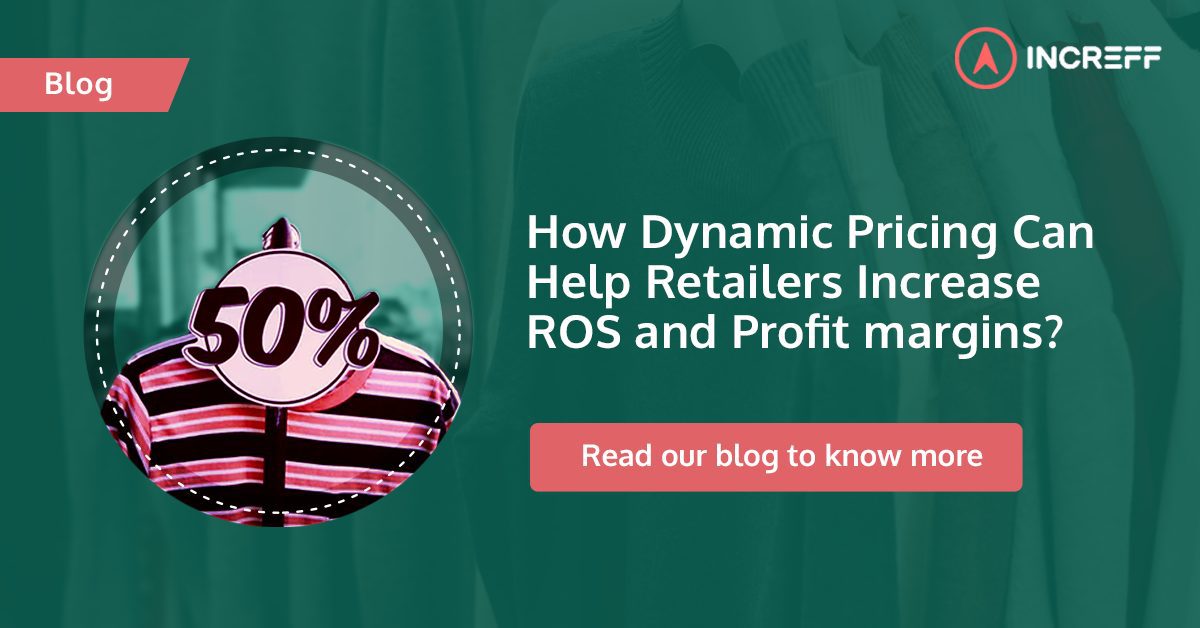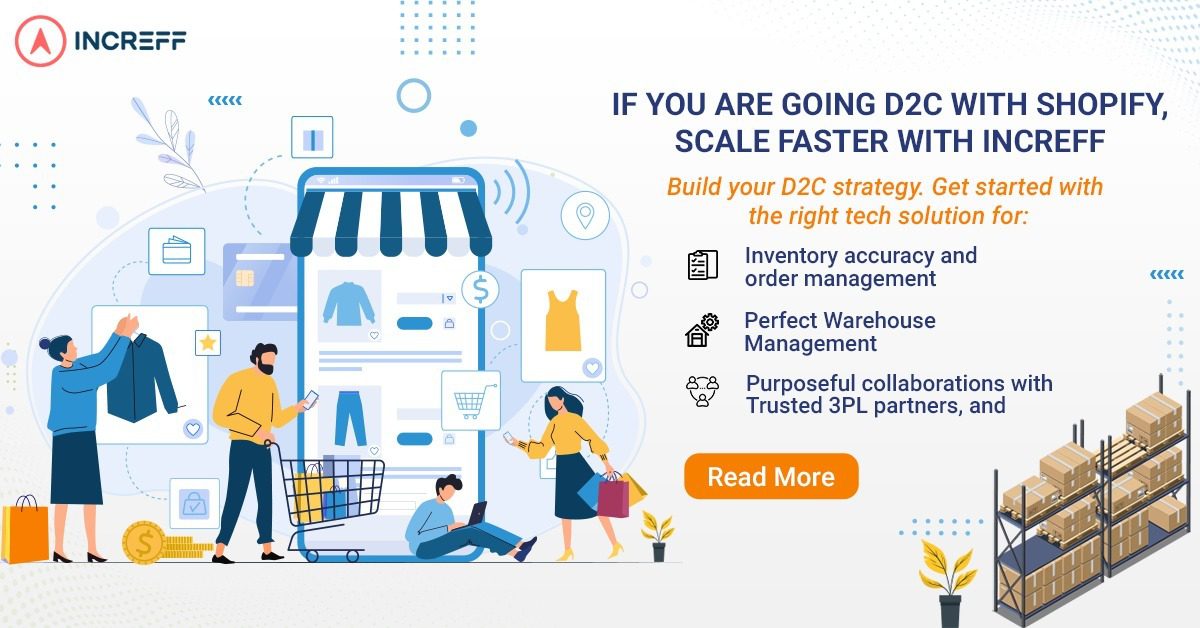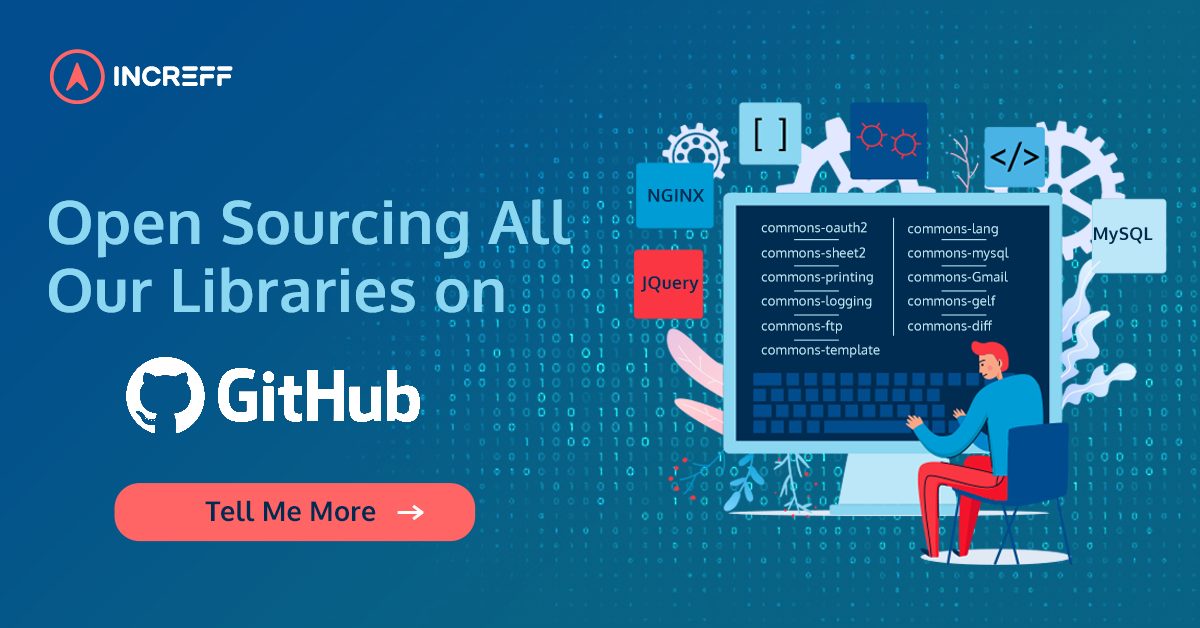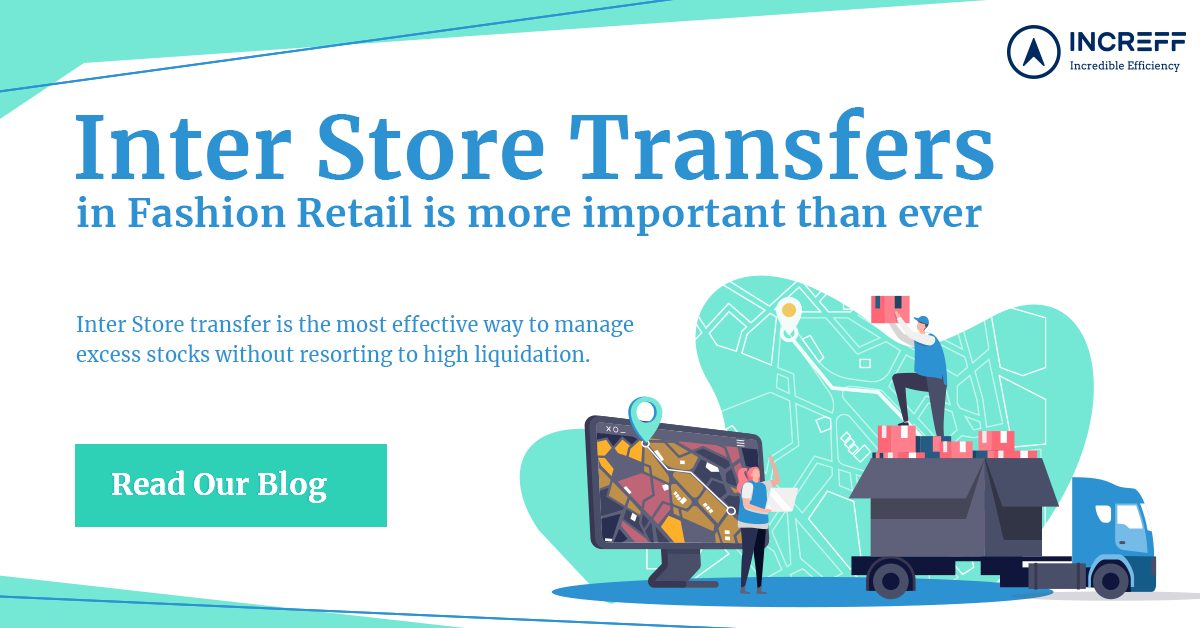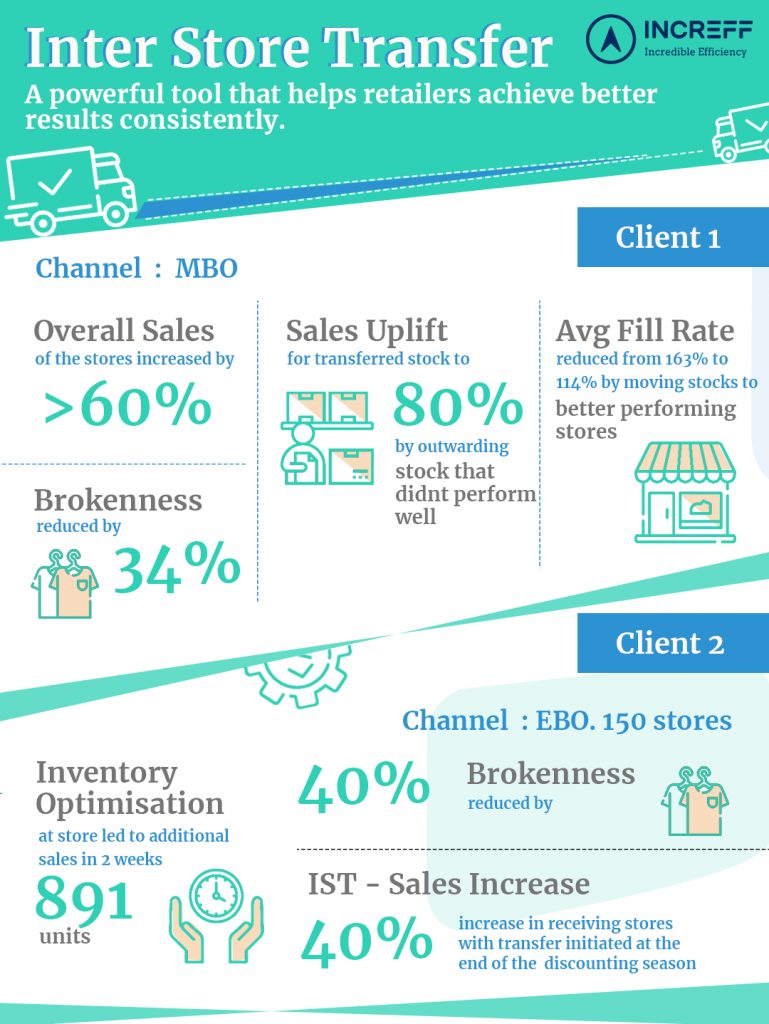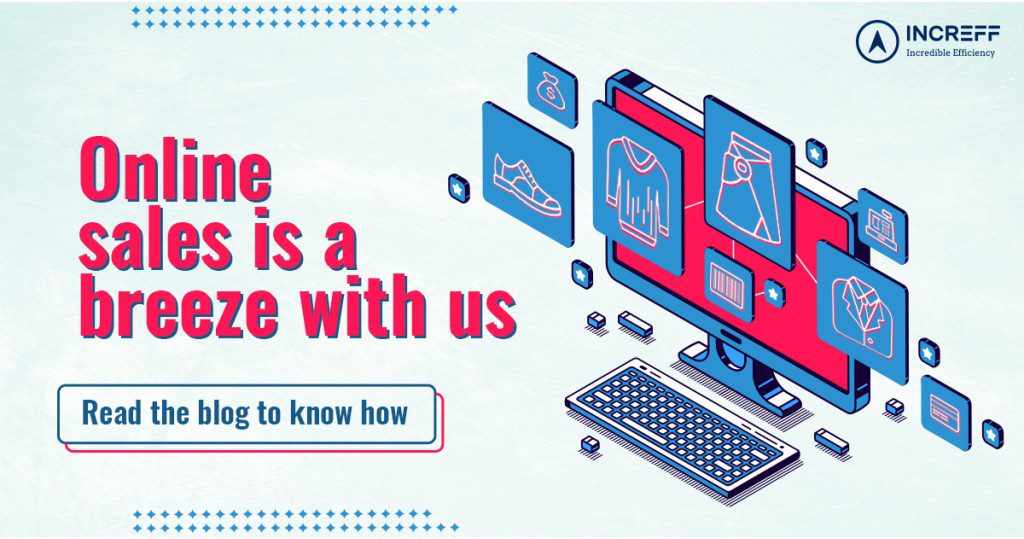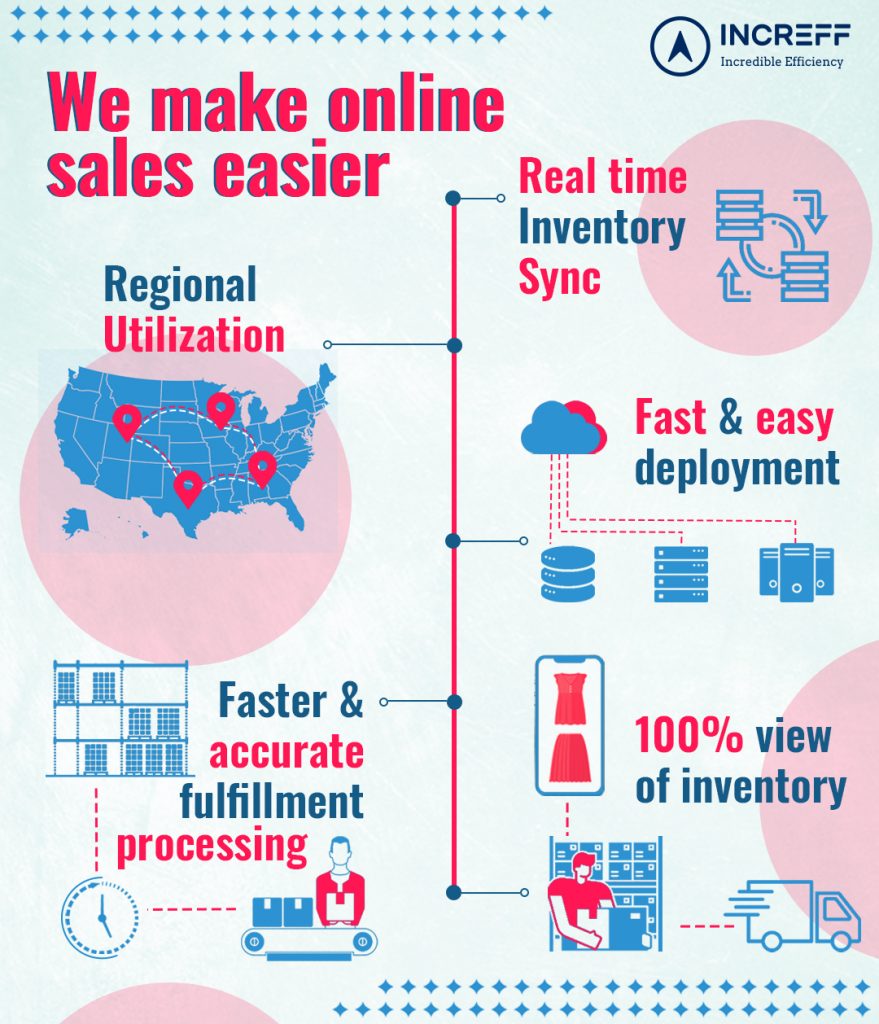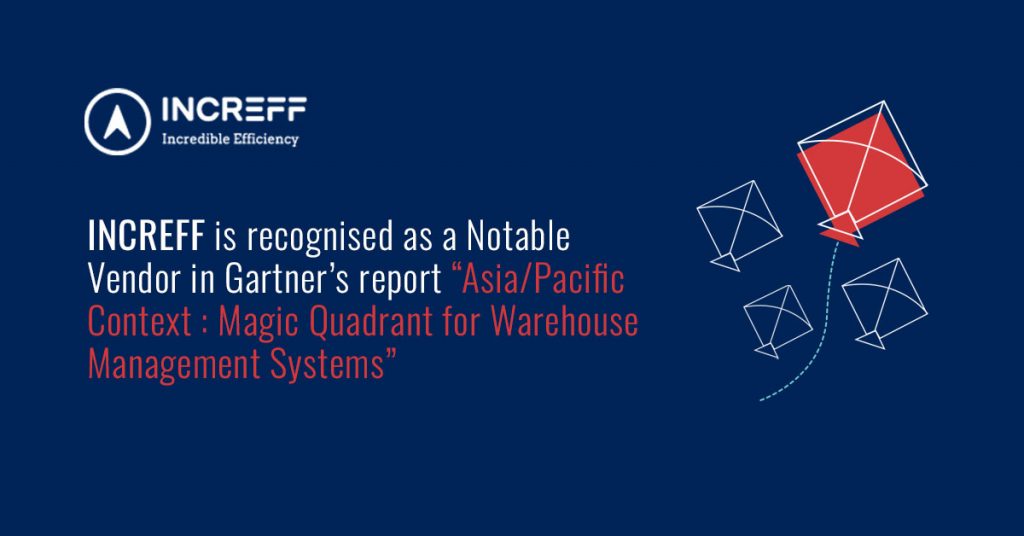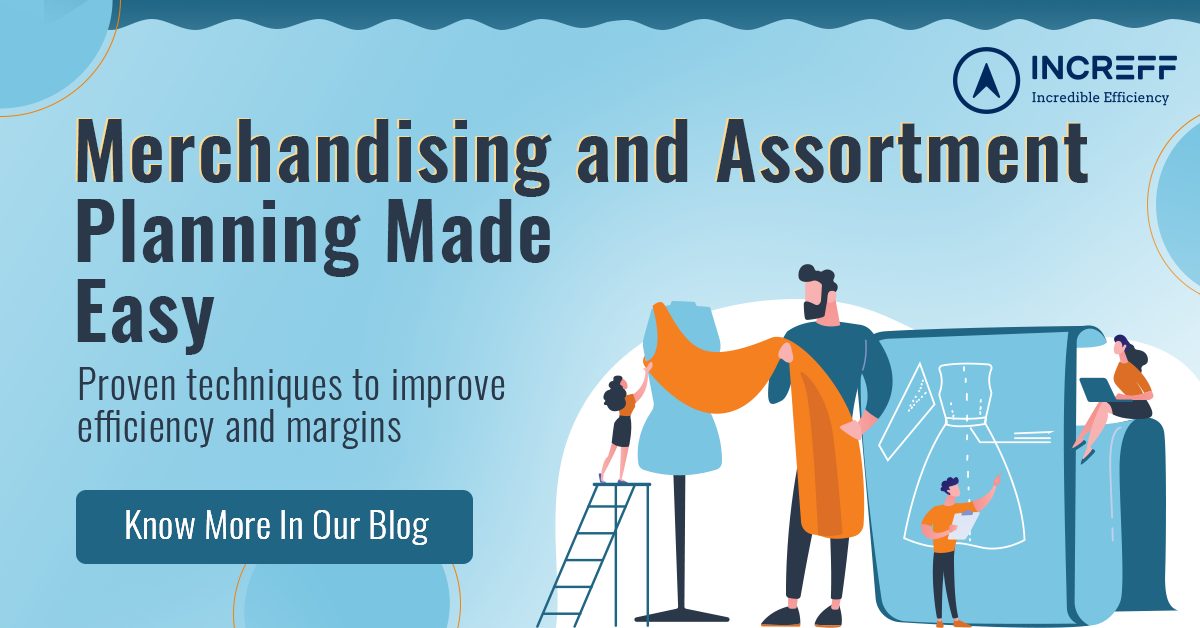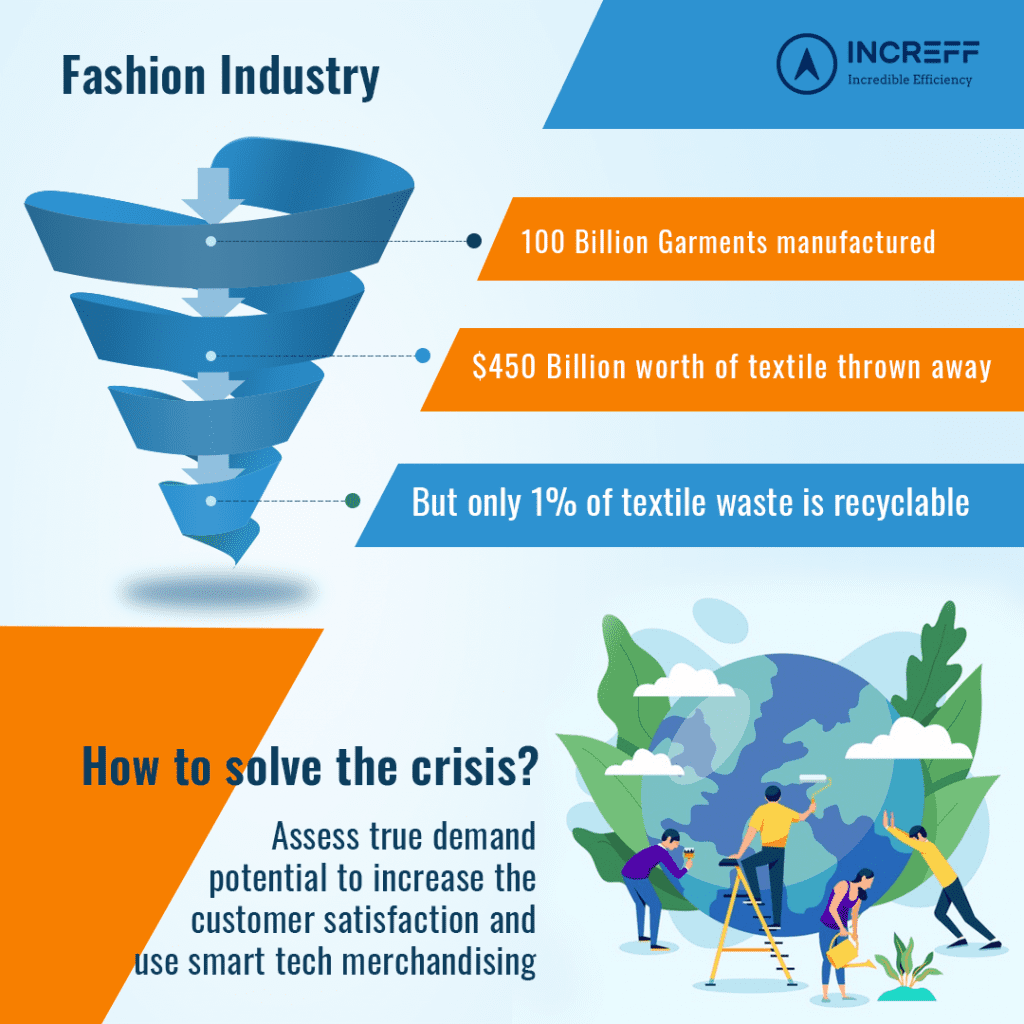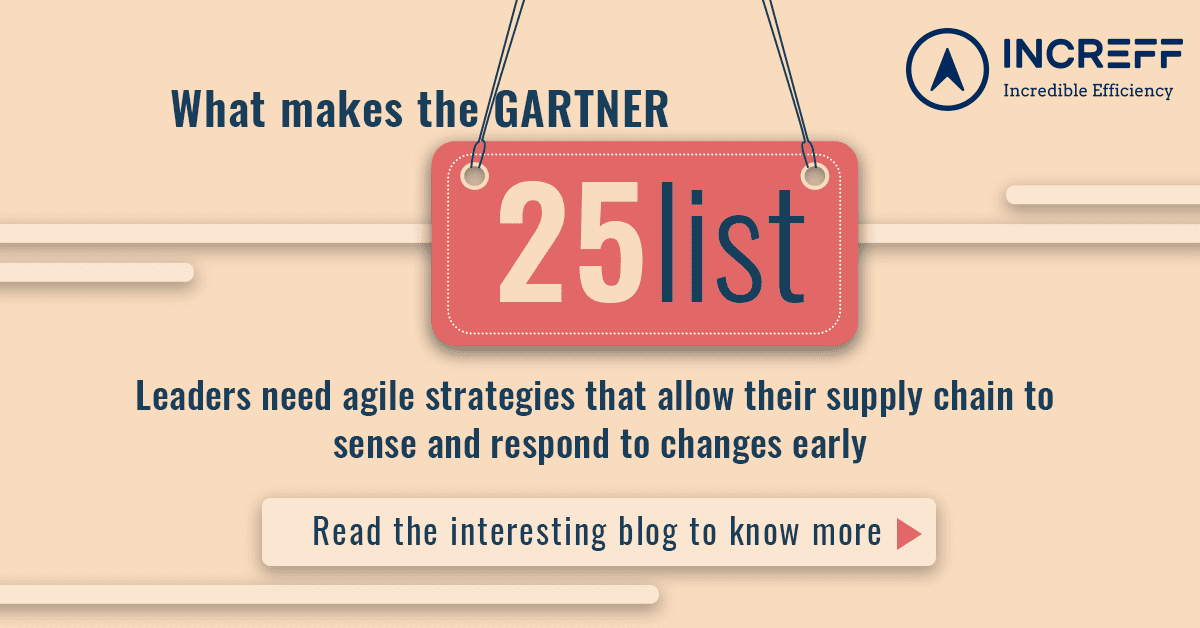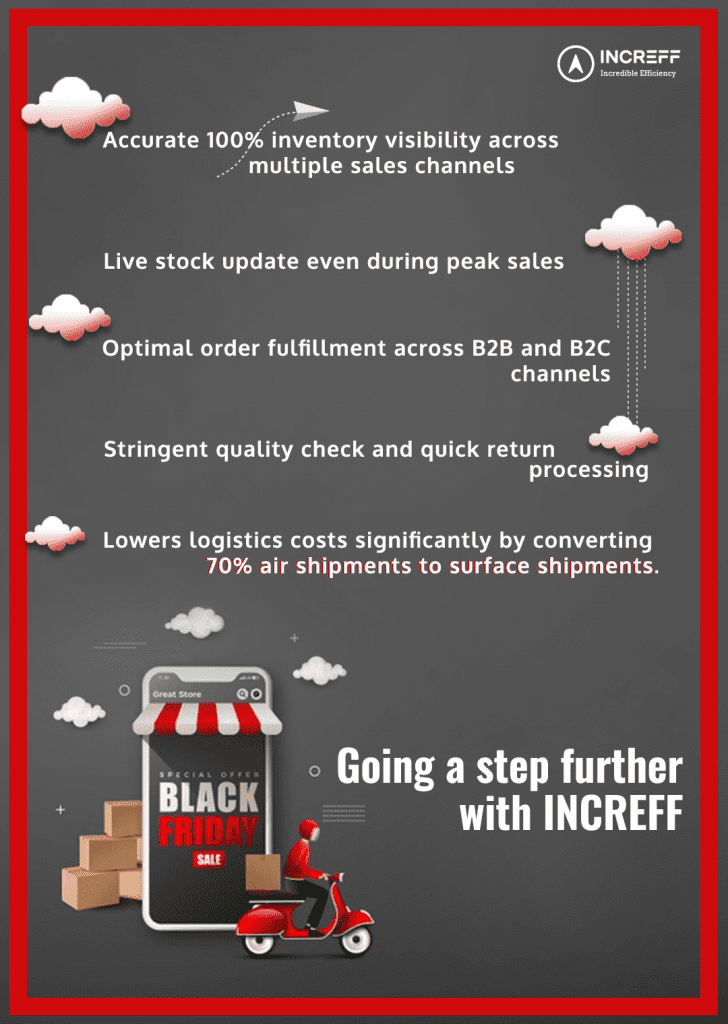As consumers started shopping online and omnichannel, price is playing an important role. The Internet gives consumers the ability to compare prices instantly. A slight change increase or decrease can mean a customer lost or gained. Hence, the concept of dynamic pricing, or high-low pricing is quickly gaining attention.
What is dynamic pricing?
Dynamic pricing is a compelling retail price optimization strategy that can help retailers run their business profitably while keeping up with the competition across channels. To put it in simple words, dynamic pricing is changing the discounts, or markdowns, on the price of products based on their KPIs. It is also called demand pricing, dynamic markdown, time-based pricing, or surge pricing based on its application in different markets.
One of the most common examples of this pricing strategy is the end-of-season sales. While off-season merchandise is sold at discounted prices, goods that are not affected by changing styles or weather can be sold at a constant price or minimal discounts.
Dynamic pricing strategy automates price adjustments based on data-driven algorithms fuelled by personalized information provided by each retailer. Factors like demand changes, inventory, and competitive data are also considered. To be successful, dynamic pricing needs to combine the age-old wisdom of the retailer with machine learning and adaptable software.
How does it help retailers?
Though the first advantage that may come to mind is increasing profit margins, there are many benefits of implementing dynamic pricing.
1) Create demand to keep the stock health and age in check
A rightly priced SKU, at the right time, can help boost sales. This helps in keeping in the freshness of stock and the availability of sizes/variants of a product. Products that are either discontinued, near expiry, or meant to last only for a specific period, need to revise selling price as per their planned lifecycle. If a retailer is handling this manually across categories and points of sales, it can become near impossible to track and monitor. With the right dynamic markdown algorithm, prices can be tweaked to control the sales of a product.
2) Understand your customers
Collecting data is a key part of implementing automated dynamic pricing. This lets retailers gain insights into the consumer’s behaviour, patterns, and preferences. It can translate to more actionable data which can feed your algorithms to perform better, leading to an efficient pricing strategy.
3) Make informed decisions
Implementing dynamic pricing allows brands to access real-time pricing and demand trends. This can help make informed decisions on the price change of a particular product or category. Knowing the competition’s price trends ensures products are priced just right which aids in increasing sales and profitability.
4) Reflecting demand
The digitally savvy consumer is often aware of changes in price as the demand for a product changes. Many a time, they are also willing to pay a premium to get exclusive access to a product. Similarly, it is known to them the prices of seasonal goods will change as the weather changes. Dynamic pricing lets you reflect the demand of a product at its price without compromising on the brand image.
5) Increase revenue and profits with a healthier working capital
One of the most significant outcomes of using dynamic pricing software is to take into consideration demand and supply, competitor strategies, and price fluctuation in the market. All of this data is crunched in real-time to deliver an optimum price for staying profitable. Dynamic pricing can be used to lower prices to increase sales, meet sales targets and avoid the accumulation of deadstock, thereby freeing up choked cash for the retailer.
Try Increff Dynamic Markdown tool to gain deep insights on simple targeted solutions, to complex pricing problems without compromising on your brand value. Its smart algorithm recommends ideal markdowns along with the restocking strategy to ensure profitability and higher revenues, in the fastest time. Learn more about the Dynamic Markdown tool here.
